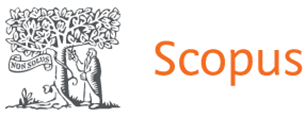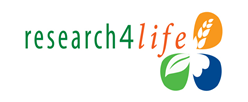The I-Author Image in the Structure of Literary Discourse
DOI:
https://doi.org/10.15330/jpnu.9.2.25-34Keywords:
author’s self-image (I-author), discourse, text, image, author's intentions, narrator, character, readerAbstract
The article studies the basis of the functional use of the author's self-image (I-author) as a constituent part of the literary discourse. The literary author’s position is based on them being the subject of study, a generalized carrier of the national culture of a certain period; this image may lose their personification features and become the interpreter of the traditional knowledge. At the same time, the author’s perception as the one conveying artistic relies on the theory of communicative activity, narratology, linguopoetics, stylistics, psycholinguistics, etc.
The image of the I-author is perceived as a “mask” structured in the text, a carrier of a literary meaningful I-position, subjective intentions, and this figure hides an idealized author in various implementations on the one hand, while on the other hand it is a narrator close to a real or fictitious character, kind of a phantasmagorical figure. In any of its artistic incarnations, this image is relative, transformed, combining the features of various actors – an agent, character, witness, lyrical hero, who get changed in the process of becoming various positive, negative, or phantasmagorical figures. The position of the I-author as a part of the text creation process acquires different formal features; however, even when they try to avoid the role of an active figure the functional meaning remains and is felt at the level of deep meaning and subconscious understanding.
Changes in the stylistic function of the I-author are caused by the desire to identify themselves as a character of the story, the one chosen because of the conditions of conveying the I-author position, as well as subjective-evaluative intentions, at least to some extent. The variability of this image embodiment relies on the discursive possibilities of it being included into a certain prose, poetic, or dramatic context, based on the description of contemporary or historical events, the desire to be or not to be relatable to the reader, to become similar to “others” or to rise above the cultural, educational, and social level of the reader. The indirect influence of the target audience is reflected both in direct “communication” with the recipient of the literary text and at the level of striving for mutual understanding, taking into account common semi-known moods and experiences, and ultimately at the level of a common linguistic world picture reproduction.











